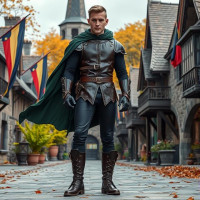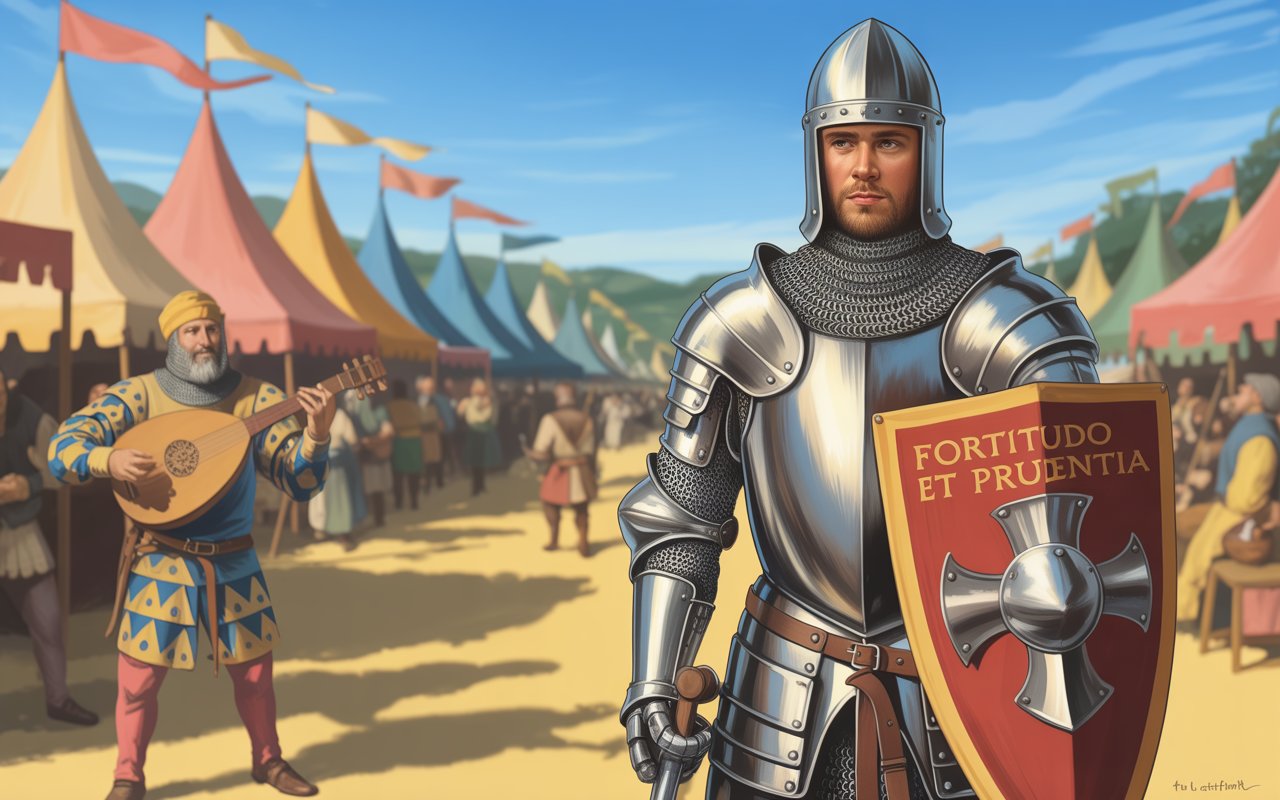Every cosplay begins with a choice—who will you become? For many fans, that answer lies in the larger-than-life characters that shaped their favorite stories: legendary heroes and unforgettable villains. These characters dominate cosplay culture not just because they look great on stage or in photos, but because they speak to something deeper in all of us.
In this article, we explore why hero and villain roles remain the most compelling choices for cosplayers across generations and genres.
Hero and Villain Archetypes in Modern Fandom
From ancient myths to modern anime, heroes and villains have always stood at the core of storytelling. Cosplay brings those roles to life, allowing fans to not only celebrate a character but also step inside their story.
The Hero Archetype
Heroes symbolize courage, sacrifice, loyalty, and justice. When cosplayers dress as characters like Deku (My Hero Academia), Captain America, or Sailor Moon, they’re channeling values that uplift and empower.
The Villain Archetype
Villains, on the other hand, give voice to rebellion, trauma, and complexity. Cosplaying characters like Dabi, Loki, or Azula allows fans to explore intense emotional narratives with dramatic flair.
Costume Design: Where Identity Meets Art
In cosplay, costume is not just clothing—it's identity construction. Every stitch, material, color, and prop plays a role in storytelling.
- Hero costumes often feature clean lines, bright colors, armor, capes, or symbols of honor.
- Villain costumes tend to use dark tones, asymmetric designs, leather, or metallic textures to evoke chaos or menace.
Fans spend weeks researching designs, crafting elements, and tailoring looks that match both the external appearance and internal essence of the character. The final result is often an artwork that speaks before a single word is spoken.
Why Fans Gravitate Toward These Characters
There are psychological and cultural reasons why these roles dominate cosplay:
- Emotional Connection: Heroes represent who we want to become. Villains reflect struggles we’ve faced or feared.
- Recognition & Fandom: Cosplaying well-known characters helps fans connect instantly at events or online.
- Performance Opportunities: These roles invite expressive posing, iconic quotes, and dramatic scenes for photoshoots or competitions.
- Community Engagement: Many cosplay groups center around specific fandoms or character alignments—Avengers, Akatsuki, X-Men, or Disney Villains, for example.
Cosplay as Character Study
Cosplay isn’t just dress-up—it’s immersive performance. Fans often dive into their character’s personality, posture, tone, and worldview. This transforms the experience from wearing a costume to becoming a character.
This also allows fans to explore new facets of themselves. A shy fan might embrace confidence as Wonder Woman. A calm person might enjoy the chaotic energy of Jinx. The act of roleplaying becomes both performance and personal growth.
Detailed Costume Insights for Beginners and Experts
For those wanting to dive deeper into costume building for iconic characters, this detailed guide offers a full breakdown of creative tips, archetypes, and materials for both hero and villain roles:
👉 Character Costumes for Cosplay: Heroes & Villains
It explores:
- How to pick a character that fits your personality
- The symbolic language behind hero and villain design
- Materials that enhance the visual storytelling of your costume
- How to pose, walk, and speak as your chosen character
Cosplay Across Cultures and Eras
Heroic and villainous figures exist across all cultures—from samurai and ronin to knights and outlaws. These roles resonate because they reflect universal themes: struggle, purpose, rebellion, justice. That’s why cosplay communities around the world embrace these archetypes, whether inspired by Western comics, Eastern animation, folklore, or fantasy literature.
As cosplay becomes increasingly global, so do interpretations of these characters—fusing cultural styles, redesigns, genderbends, and crossovers that bring fresh creativity into the fandom space.
The Lasting Appeal of Good vs Evil
At its core, the choice between hero and villain reflects how we interpret the world. Some fans find meaning in restoring order; others enjoy breaking the rules. Both roles are necessary, both are valid, and both are celebrated in cosplay.
In fact, the most powerful moments in cosplay often come when heroes and villains share the same stage—in battle, in photos, or even in friendship. These interactions bring storytelling full circle and highlight the unity of the cosplay community.
Conclusion: Your Character, Your Journey
Whether you wear a mask of virtue or a cloak of darkness, the beauty of cosplay is the freedom to choose—and to become. Every fan has a story, and every costume adds a new chapter to that story.
So when you choose to cosplay a hero or a villain, you’re not just crafting an outfit.
You’re stepping into a narrative that millions recognize—and making it your own.





